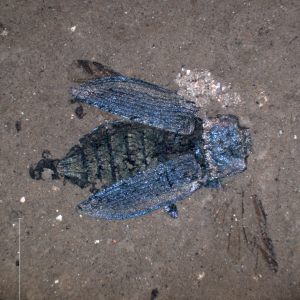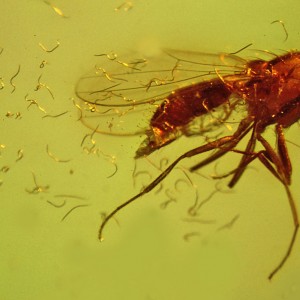The Paleogene period is a division of earth’s history spanning from around 66 to 23 million years ago, and during which life recovered following the end Cretaceous mass extinction. The Paleogene was a warm stable period with temperatures on average 4°C above present. However, around 55 million years ago, the planet experienced a short but severe warming phase. During the Paleogene, the continents continued to disperse. The Indian and Atlantic oceans widened while the Tethys Ocean gradually closed as Africa collided with Europe and India collided with Asia leading to Alpine and Himalayan mountain building. Drake’s passage opened between South America and Antarctica leading to cooling of the southern continent. On land and in the oceans, mammals became increasingly diverse and abundant. Most of the major mammal groups, from primates to whales, first appeared within the Paleogene. Birds also continued to diversify. One of the most successful plant groups; the grasses, also evolved during this time. By the end of the period, the Antarctic ice sheet had begun to form accompanied by global cooling and sea level fall.

Published on November 15th, 2012 | by David Marshall
Animals and plants use colour for a variety of reasons including absorbing solar radiation, camouflage and communication including sexual display. In living organisms, colour can be produced by many different methods. What is true of colouration [&hellip... Read More →

Published on September 15th, 2012 | by David Marshall
In our first episode on the early origins of life, we discussed how without symbiosis or mutualism (the co-operation of organisms) life as we know it would not have evolved past its most basic levels. Within [&hellip... Read More →















